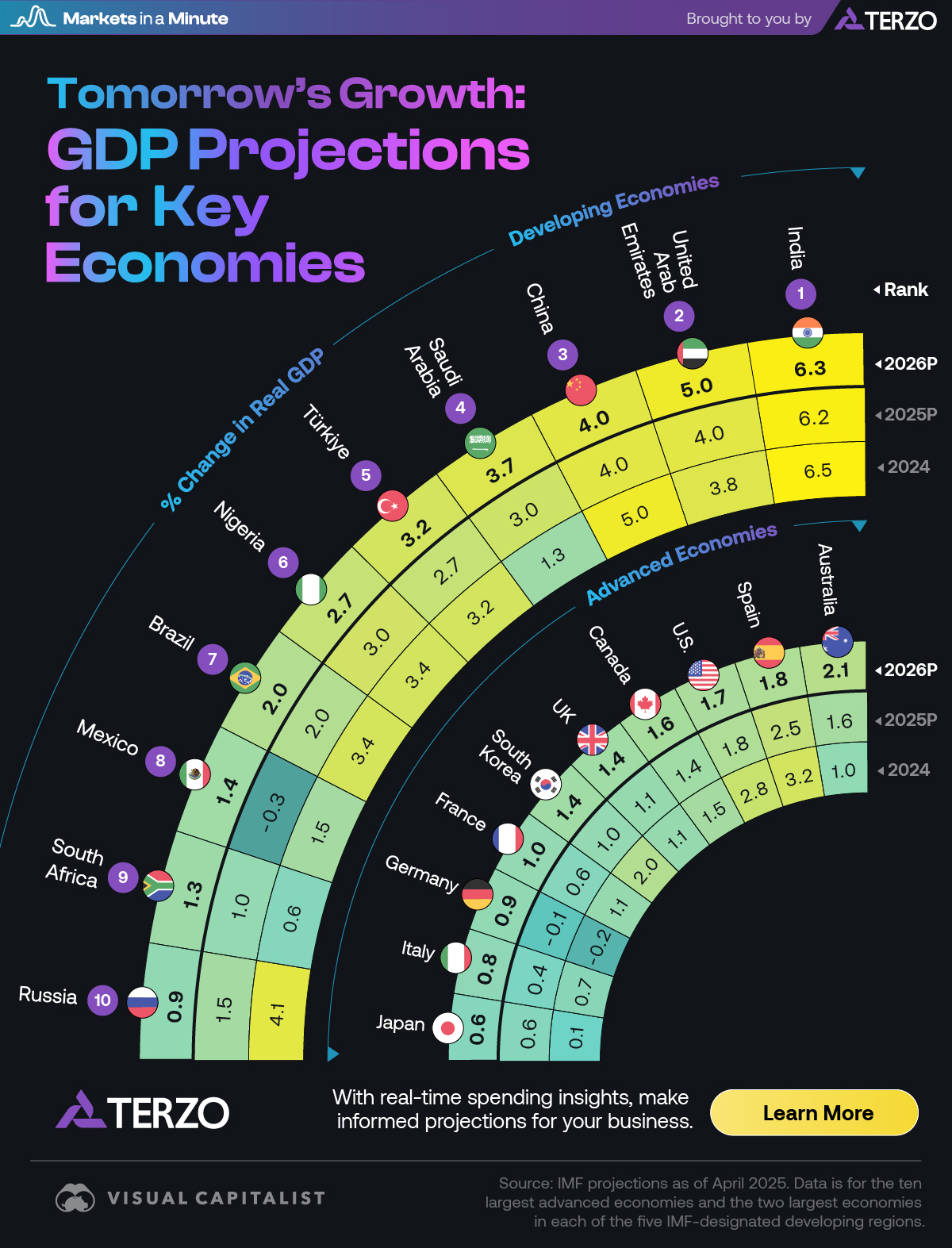Economic Indicators and Sustainable Development Goal Progress: A State-Level Analysis
A report based on data from the U.S. Bureau of Labor Statistics (BLS) for June 2025 provides an analysis of state-level economic performance, with significant implications for the United Nations Sustainable Development Goals (SDGs), particularly SDG 8 (Decent Work and Economic Growth) and SDG 10 (Reduced Inequalities).
California’s Performance on Decent Work and Economic Growth (SDG 8)
California’s wage and employment statistics reflect key indicators for SDG 8, which promotes sustained, inclusive, and sustainable economic growth, full and productive employment, and decent work for all.
Wage and Labor Statistics
- Average Hourly Earnings: California residents earn an average of $41.22 per hour. This high wage level is a positive indicator for Target 8.5, which aims to achieve decent work and equal pay for work of equal value.
- Average Weekly Hours: The average work week in California is 33.2 hours. This metric is relevant to assessing work-life balance and conditions of employment under the decent work agenda.
Inter-State Economic Disparities and Reduced Inequalities (SDG 10)
The BLS data highlights significant wage disparities between states, a central concern of SDG 10, which aims to reduce inequality within and among countries. California’s high ranking illustrates the varied economic landscapes across the United States.
National Ranking of Average Hourly Earnings
While Washington, D.C. leads with an average hourly wage of $54.21, the following states represent the top earners, showcasing the regional concentration of high-wage employment:
- Washington: $42.26
- Massachusetts: $42.00
- California: $41.22
- Colorado: $39.19
- Minnesota: $39.17
- New York: $39.14
- Connecticut: $38.98
- New Jersey: $37.87
- Hawaii: $37.62
- Alaska: $37.49
Regional Comparison: Western States
An analysis of western states further illustrates the regional economic disparities relevant to SDG 10:
- Washington: $42.26
- Oregon: $36.83
- Arizona: $34.63
- Nevada: $32.01
Employment Trends and Progress Toward Full Employment (SDG 8)
Employment data is critical for evaluating progress towards Target 8.5 (full and productive employment) and Target 8.6 (reduce the proportion of youth not in employment, education or training).
- Job Creation: California’s economy added an estimated 17,700 jobs, demonstrating positive economic growth in line with the objectives of SDG 8.
- Unemployment Rate: The state’s unemployment rate held at 5.4% in June 2025.
- National Comparison: California’s unemployment rate remains higher than the national average of 4.1%, indicating that challenges persist in achieving full and productive employment for all segments of the population.
Which SDGs are addressed or connected to the issues highlighted in the article?
-
SDG 8: Decent Work and Economic Growth
This is the most relevant SDG, as the article’s primary focus is on employment statistics, including hourly wages, weekly work hours, unemployment rates, and job creation. These are core components of decent work and economic performance.
-
SDG 1: No Poverty
The article discusses average hourly earnings. Wages are a critical factor in determining income levels and, consequently, the risk of poverty. Higher average earnings, as highlighted for California, contribute to poverty reduction.
-
SDG 10: Reduced Inequalities
The article explicitly compares economic data (hourly wages and unemployment rates) between different states (California, Washington, Arizona, Nevada, etc.) and against the national average. This highlights economic disparities and inequalities within a country.
What specific targets under those SDGs can be identified based on the article’s content?
-
SDG 8: Decent Work and Economic Growth
-
Target 8.3: Promote development-oriented policies that support productive activities, decent job creation…
The article mentions that “California’s economy is estimated to have increased by 17,700 jobs,” which directly relates to the goal of job creation.
-
Target 8.5: By 2030, achieve full and productive employment and decent work for all… and equal pay for work of equal value.
This target is addressed through the article’s detailed reporting on employment and pay. It provides data on the “average hourly pay in California” ($41.22), the unemployment rate (5.4%), and the average work week (33.2 hours), all of which are central to measuring progress towards full, productive, and decent employment.
-
Target 8.3: Promote development-oriented policies that support productive activities, decent job creation…
-
SDG 1: No Poverty
-
Target 1.2: By 2030, reduce at least by half the proportion of men, women and children of all ages living in poverty in all its forms according to national definitions.
While not directly mentioning poverty, the article’s focus on “average hourly earnings” provides a key metric for income. The high hourly wage of $41.22 in California is directly relevant to assessing income levels and the capacity of workers to stay above the poverty line.
-
Target 1.2: By 2030, reduce at least by half the proportion of men, women and children of all ages living in poverty in all its forms according to national definitions.
-
SDG 10: Reduced Inequalities
-
Target 10.2: By 2030, empower and promote the social, economic and political inclusion of all…
The article’s comparison of unemployment rates between California (5.4%) and the national average (4.1%) points to disparities in economic inclusion and access to employment opportunities across different regions.
-
Target 10.2: By 2030, empower and promote the social, economic and political inclusion of all…
Are there any indicators mentioned or implied in the article that can be used to measure progress towards the identified targets?
-
For Target 8.5 (Full and productive employment and decent work):
-
Indicator 8.5.1: Average hourly earnings of employees.
The article explicitly provides this indicator for California (“earn $41.22 per hour”) and several other states, such as Washington ($42.26) and Massachusetts ($42.00).
-
Indicator 8.5.2: Unemployment rate.
The article states the unemployment rate for California (“held steady at 5.4%”) and the national level (“The national unemployment rate in June 2025 was 4.1%”).
-
Indicator 8.5.1: Average hourly earnings of employees.
-
For Target 8.3 (Promote decent job creation):
-
Implied Indicator: Net employment creation.
The article provides a direct measure of this by stating, “California’s economy is estimated to have increased by 17,700 jobs.” This serves as a clear indicator of job growth.
-
Implied Indicator: Net employment creation.
-
For Target 10.2 (Promote economic inclusion):
-
Indicator: Unemployment rate by geographic location.
The difference between California’s unemployment rate (5.4%) and the national rate (4.1%) serves as an indicator of regional disparity in economic inclusion and employment access.
-
Indicator: Average hourly earnings by geographic location.
The article’s lists comparing the average hourly pay in California ($41.22) to other states like Washington ($42.26) and Nevada ($32.01) function as a direct measure of income inequality between different parts of the country.
-
Indicator: Unemployment rate by geographic location.
Table of SDGs, Targets, and Indicators
| SDGs | Targets | Indicators Identified in the Article |
|---|---|---|
| SDG 8: Decent Work and Economic Growth | 8.5: Achieve full and productive employment and decent work for all. |
|
| SDG 8: Decent Work and Economic Growth | 8.3: Promote decent job creation. |
|
| SDG 1: No Poverty | 1.2: Reduce the proportion of people living in poverty. |
|
| SDG 10: Reduced Inequalities | 10.2: Promote economic inclusion of all. |
|
Source: desertsun.com







